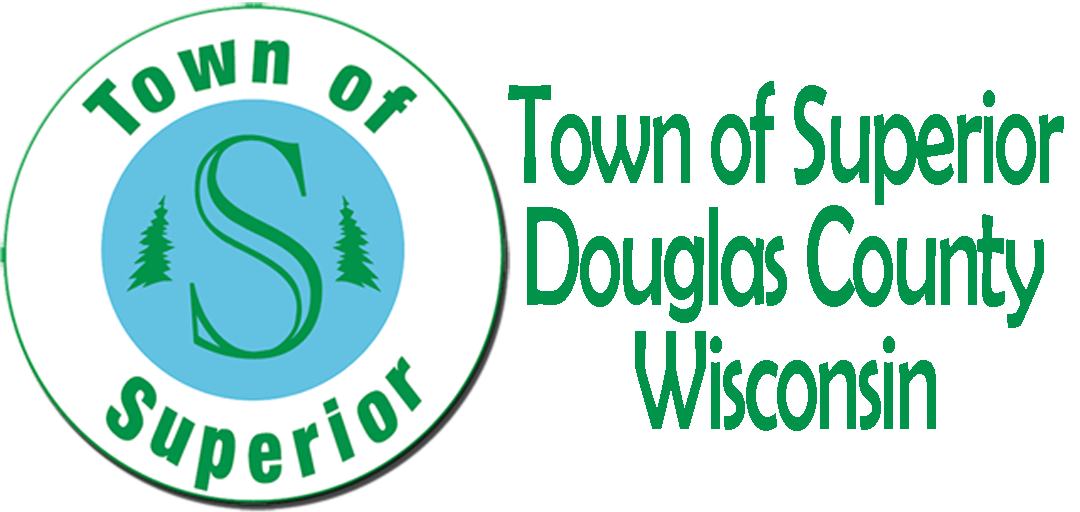Defend Your Property
Good Landscaping Crucial
Let Your Landscape Defend Your Property.
Trim grass on a regular basis up to 100 feet surrounding your home. Create defensible space by thinning trees and brush within 30 feet around your home.
Beyond 30 feet, remove dead wood, debris and low tree branches. Landscape your property with fire resistant plants and vegetation to prevent fire from spreading quickly.
Stack firewood at least 30 feet away from your home and other structures. Store flammable materials, liquids and solvents in metal containers outside the home, at least 30 feet away from structures and wooden fences.
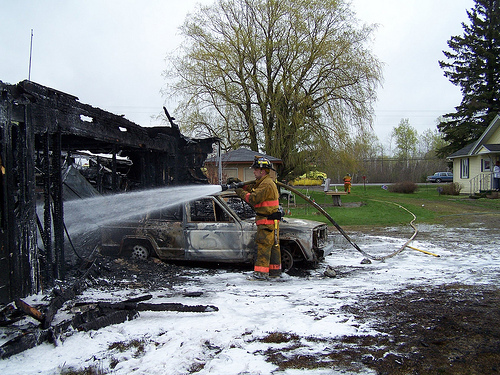
Beware the Burn Barrel
Follow Local Burning Laws
Do not burn trash or other debris without proper knowledge of local burning laws, techniques and the safest times of day and year to burn.
Before burning debris in a wooded area, make sure you notify local authorities and obtain a burning permit.
Use an approved incinerator with a safety lid or covering with holes no larger than 3/4 inches.
Create at least a 10 foot clearing around the incinerator before burning debris.
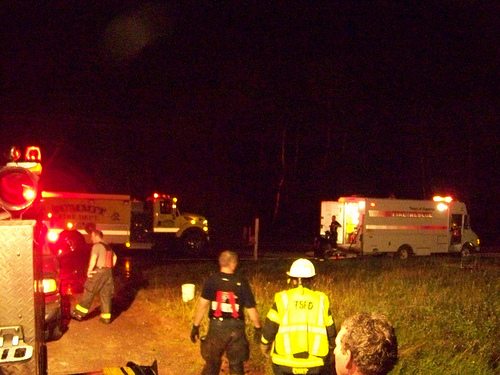
Best Practices for Safety
Maintain Your Property
Use fire-resistant and protective roofing and materials like stone, brick and metal to protect your home. Avoid using wood materials that offer the least fire protection.
Keep roofs and eaves clear of debris. Cover all exterior vents, attics and eaves with metal mesh screens no larger than 6 millimeters.
Install multi-pane windows, tempered safety glass or fireproof shutters to protect large windows from radiant heat. Use fire-resistant draperies for added window protection.
Keep tools for fire protection nearby: 100 foot garden hose, shovel, rake, ladder and buckets. Make sure water sources, such as hydrants and ponds, are accessible to the fire department.
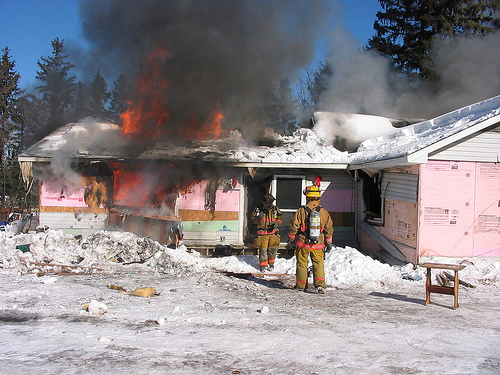
Home Heating Systems
Maintenance is Not an Option
Have your chimney inspected and cleaned annually by a certified specialist. Insulate chimneys and place spark arresters on top.
Extend the chimney at least three feet above the roof.
Remove branches hanging above and around the chimney.
Have A Fire Safety and Evacuation Plan.
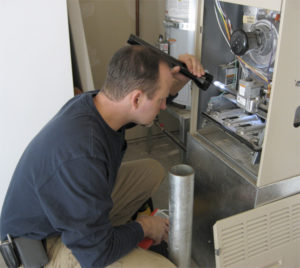
Common Sense Safety
Plan Ahead
Practice fire escape and evacuation plans. Mark the entrance to your property with signs that are clearly visible.
Know which local emergency services are available and have those numbers posted.
Provide emergency vehicle access through roads and driveways at least 12 feet wide with adequate turnaround space. Make Your Home Fire-Resistant
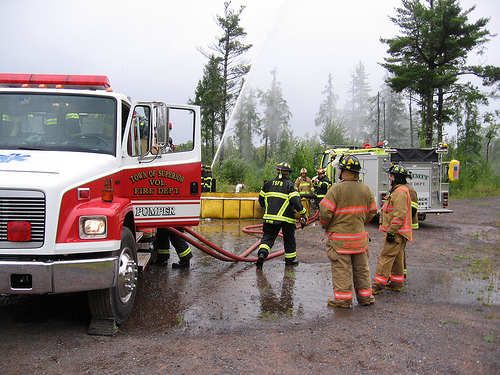
Fire Number Signs
Protect Yourself
FIRE NUMBER SIGNS Please keep your Fire Number sign on good condition, visible from the road and clear of any vegetation, snow or other objects. This is important for emergency responders to locate the correct address during an emergency.
If you need a new address sign call click on this link to get an application and instruction on placement.
Application for Fire Number can be found here.
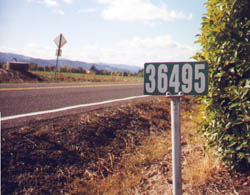
Call 911
Do Not Hesitate to Call for Help
Reasons to Call 9-1-1
- To get help for someone who is hurt or very sick
- If you smell smoke or see fire
- If you see someone stealing something or hurting someone
- If you need emergency help fast for any reason
Reasons Not to Call 9-1-1
- To practice and see if it works; we have tested many numbers throughout the County and we know it works
- As a game, prank, or joke; Douglas County has an enhanced 9-1-1 system, which means the 9-1-1 equipment captures your call and knows where the call came from (it shows your telephone number, the subscriber’s name, address, and the emergency service agencies that service your address)
Tips if You Need to Call 9-1-1
- Stay calm. Don’t get excited. Speak loudly and clearly. Dial 9-1-1 right away. Don’t wait for someone else to call.
- If you need to call 9-1-1 from a location such as a school, business, or hotel, you may need to dial special number(s) to reach an outside line before dialing 9-1-1.
- If you dial 9-1-1 from a cell phone or vehicle phone, it will go through the nearest dispatch center. Your location may not automatically display as it does when calling from most home or business phones. Be prepared to tell the 9-1-1 call taker the location of the emergency, your cell phone number, and what the emergency is and what type of assistance is needed. If possible, provide the dispatcher with the nearest mile marker if traveling on a highway and reporting an emergency.
- Tell the person who answers the phone exactly what is wrong, like this: “…my house is on fire” or “…there was just a car accident in front of my house.”
- Explain what type of help you need – fire, police, and/or ambulance.
- Tell them the exact location where the emergency is. Be sure to give the full address, including your apartment number if you live in an apartment.
- Tell them the phone number you are calling from. If you are not calling from the same address as the emergency, tell them the address where you are.
- Do not hang up until the person on the telephone tells you to. They may need to ask you more questions to help the fire, police, and/or ambulance service find you. They also will tell you what to do until help arrives (medical pre-arrival instructions).
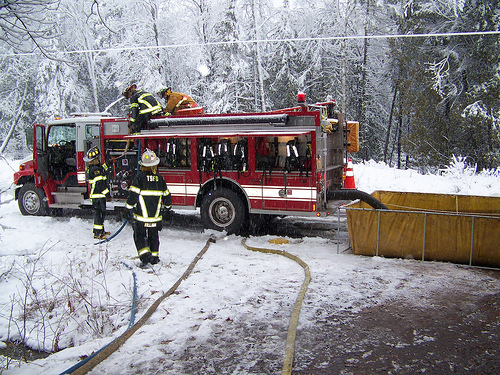
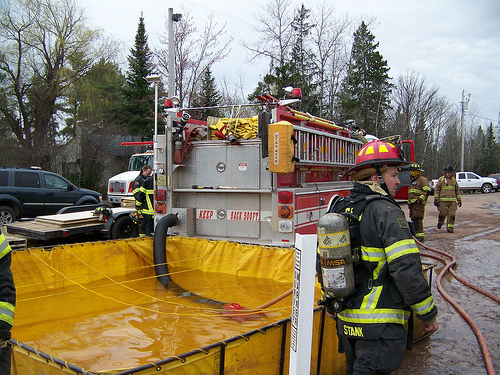
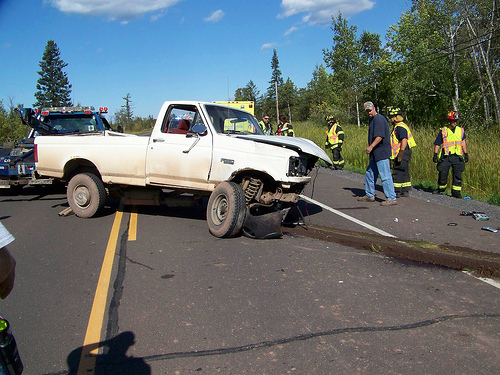
Rural Fire Prevention Checklist
Fire Stops With You!
RURAL FIRE PREVENTION CHECKLIST: A Fact sheet on Rural Fire Safety and Prevention
Self-reliance is the rule for fire safety for many people. If you live in an area where the local fire department is more than a few minutes away because of travel time or distance, or if you are outside the limits of the nearest town, be sure you know how to be self-reliant in a fire emergency.
The United States Fire Administration (USFA) encourages you to use this fire safety checklist to help you protect yourself, your home and its surroundings from fire.
Remember, fire safety is your personal responsibility …Fire Stops With You!
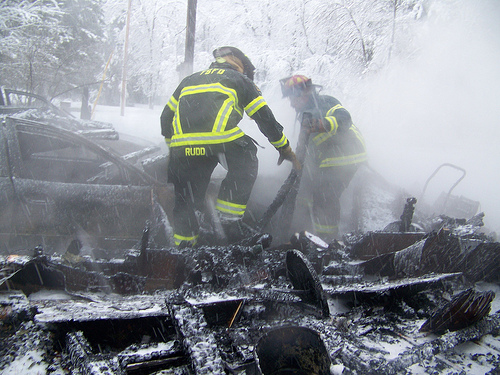
Smoke Alarms Necessary
Don’t Forget the Batteries
Install smoke alarms on every level of your home. Test them monthly and change the batteries at least once a year. Having working smoke alarms installed on every level of your home dramatically increases your chances of survival.
Smoke alarm batteries need to be tested every month and changed with new ones at least once a year.
Also, consider replacing the entire smoke alarm every ten years, or as the manufacturer guidelines recommend.
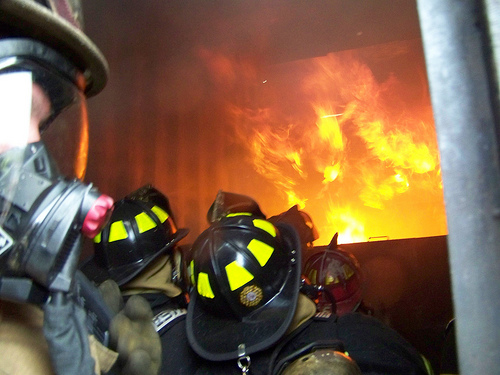
Escape First
Never Go Back In
ONCE OUT, STAY OUT: Remember to escape first, then notify the fire department using the 911 system or proper local emergency number in your area.
Never go back into a burning building for any reason.
Teach children not to hide from firefighters.
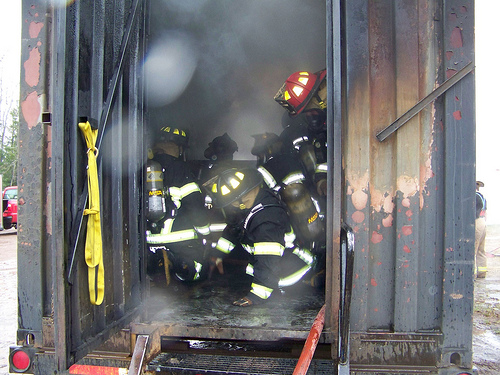
Designate a Meeting Place
Plan Ahead & Practice
DESIGNATE A MEETING PLACE OUTSIDE AND TAKE ATTENDANCE: Designate a meeting location away from the home, but not necessarily across the street.
For example, meet under a specific tree, at the end of the driveway, or on the front sidewalk to make sure everyone has gotten out safely.
Designate one person to go to a neighbor’s home to phone the fire department.
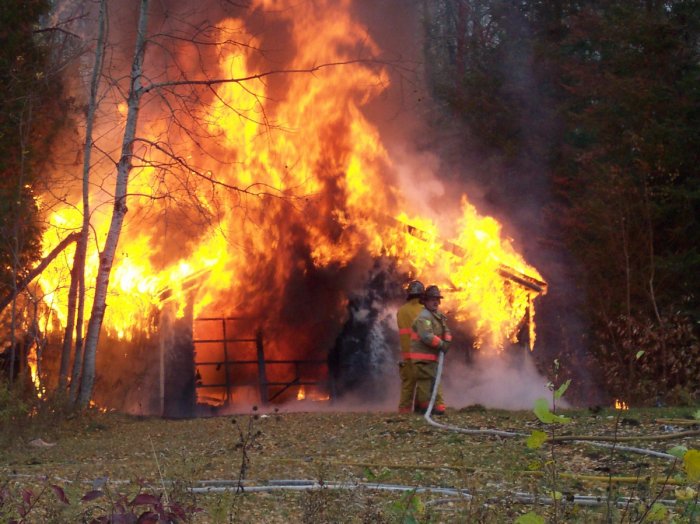
Two Exits from Each Room
Have an Escape Plan
PLAN TWO EXITS OUT OF EACH ROOM: The best escape plans have two ways to get out of each room. If the primary exit is blocked by fire or smoke, you will need a second way out.
A secondary route might be a window onto an adjacent roof or an Underwriter’s Laboratory (UL) approved collapsible ladder for escape from upper story windows.
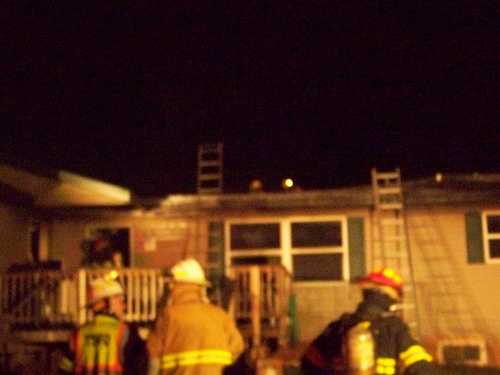
Fire Safe & Secure
Forewarned is Forearmed
More than 4,000 Americans die each year in fires, and more than 25,000 are injured. Security bars may help keep your family safe from intruders, but they can also trap you in a deadly fire!
The United States Fire Administration (USFA), a division of the Federal Emergency Management Agency (FEMA), encourages individuals to familiarize themselves with tips and advice that will enhance your safety. The blog entries in this section of our website aims to provide you with this valuable information.
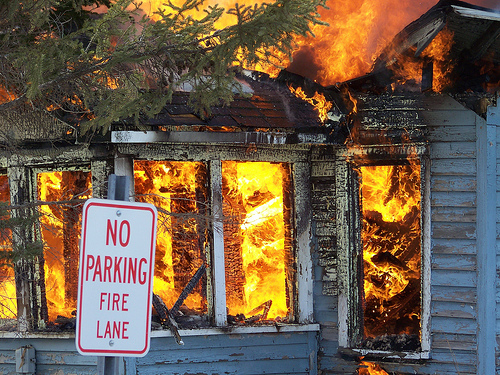
Holiday Safety
Have a Safe & Happy Holiday
Greetings and Happy Holidays to everyone. The Holidays are a special time of year and we enjoy decorating our homes to celebrate.
With that please be mindful that it is also a time when we introduce several hazards into our homes both flammable and electrical in nature.
Please be wise and be safe during this season to ensure it is joyful time for you and your loved ones. Here are some tips:
Holiday Fire Safety:
Pre Decorating
- Make sure the lights you are using are UL certified
- Thoroughly check wiring and sockets for breaks, cracks or other damage
- Make sure light bulbs are not in contact with anything flammable
- When installing elevated lights be sure to use a safe ladder with good footing
- Do not overload outlets or circuits
Post Decorating
- Never leave lights unattended
- Replace lighting strings if they become damaged or if there is any sign of melting
- Never put candles on a tree or leave candles unattended
- Keep an extinguisher at hand since we all tend to introduce flammables into our homes during the Christmas season
